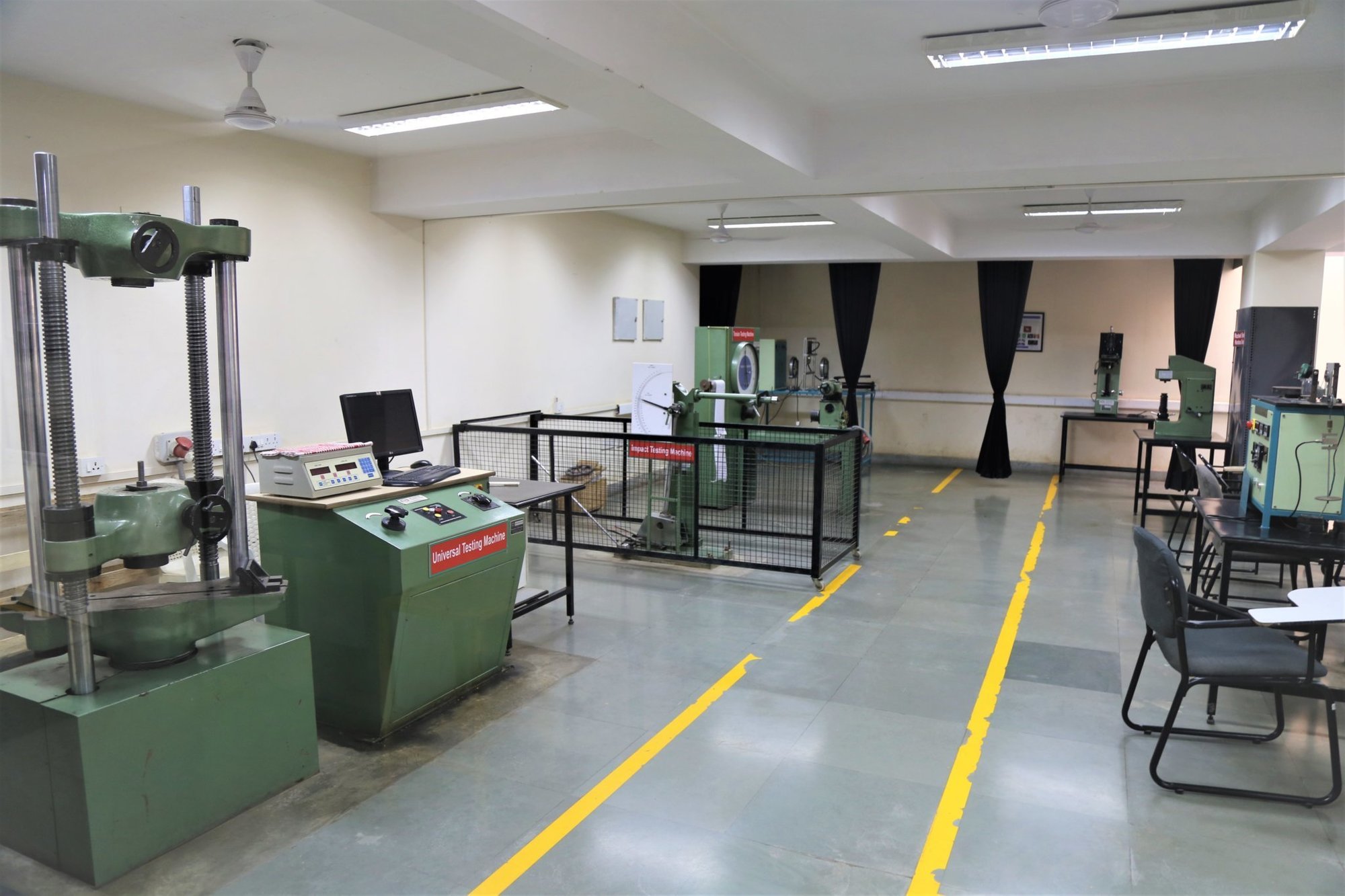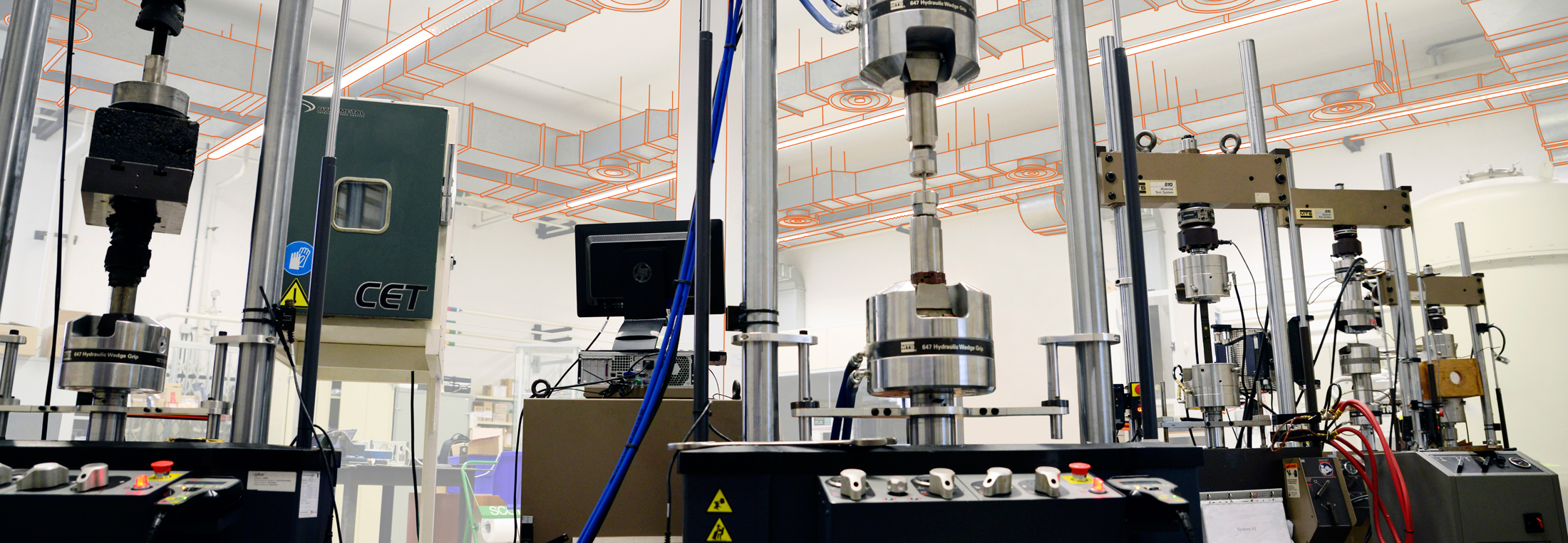Comprehensive Material Testing Lab: Your Companion for Specific Quality Assurance
Comprehensive Material Testing Lab: Your Companion for Specific Quality Assurance
Blog Article
Exploring the World of Material Screening and Analysis
Product testing and analysis plays a critical duty in countless markets, from making to building and construction. It involves a systematic exam of numerous materials to identify their buildings, efficiency, and integrity. By utilizing a variety of methods, such as devastating and non-destructive examinations, experts are able to uncover beneficial understandings concerning the habits and qualities of materials. The devices made use of in product testing have actually developed considerably, making it possible for designers and scientists to gain a much deeper understanding of the materials they work with. In this conversation, we will discover the significance of product screening, look into usual techniques and devices, go over applications across industries, and emphasize emerging patterns that are forming the future of this field.
Importance of Material Screening
Product testing is a crucial facet of the engineering and manufacturing industries, ensuring the high quality, integrity, and safety of materials utilized in numerous applications. The importance of product screening can not be overstated, as it plays an essential role in ensuring the performance and long life of items and structures.
One of the main factors for conducting material testing is to analyze the mechanical properties of materials. This includes establishing their strength, resilience, firmness, and elasticity. By subjecting materials to various mechanical tests, engineers can precisely examine their suitability for certain applications and guarantee they fulfill the called for requirements and requirements.
One more critical facet of product testing is the identification of possible flaws or imperfections. By utilizing non-destructive testing techniques such as ultrasonic screening or aesthetic assessment, producers can identify any kind of flaws that could compromise the architectural integrity or functionality of the products. This assists in stopping costly failings, mishaps, and prospective liabilities.
In addition, product testing additionally permits for the assessment of material habits under different ecological conditions. Factors such as temperature level, humidity, and harsh atmospheres can considerably influence the performance and life expectancy of materials. By subjecting them to environmental testing, engineers can examine their resistance to such problems and make educated decisions regarding their suitability for specific applications.
Common Techniques in Product Analysis
Numerous strategies are generally employed in the analysis of materials to establish their properties and features. These methods play an important function in understanding the actions and performance of materials in different applications. Among the most common strategies is microscopy, which allows researchers to picture the microstructure of products at various scales. Optical microscopy gives a macroscopic view, while electron microscopy provides greater resolution and can disclose atomic-scale information.
Another commonly utilized strategy is spectroscopy, which involves the interaction of materials with electro-magnetic radiation. Infrared spectroscopy can determine the functional teams existing in a product, while ultraviolet-visible spectroscopy can establish its optical residential or commercial properties. X-ray diffraction is one more powerful strategy that allows researchers to analyze the crystal structure of materials and identify their stages.
Thermal evaluation is also frequently used to study the thermal actions of materials. Differential scanning calorimetry, for example, can figure out the melting point and warm capability of a material, while thermogravimetric evaluation can determine its fat burning as a feature of temperature level.
In addition, mechanical testing is necessary to comprehend the mechanical buildings of products. Methods such as tensile testing, hardness testing, and impact screening give useful info about a material's strength, strength, and rigidity.
Devices Utilized in Material Screening
An array of specialized instruments and equipment is utilized in product testing to precisely analyze the buildings and habits of different products. These tools are essential for conducting experiments and getting trusted data in numerous markets, consisting of aerospace, vehicle, building, and production.
One of the most usual devices used in material screening is the global testing maker (UTM) An additional essential instrument is the firmness tester, which establishes a material's resistance to imprint or infiltration.

In addition, thermal analysis tools, consisting of differential scanning calorimeters (DSC) and thermogravimetric analyzers (TGA), are used to investigate the thermal properties and behavior of products, such as melting points, glass shifts, and decay temperatures.
Applications of Material Testing and Analysis
To totally utilize the valuable data gotten via using specialized tools and tools in material testing, it is necessary to check out the wide variety of applications where this analysis can be used. Material screening and evaluation play a critical duty in different markets, including aerospace, vehicle, building and construction, and production.
In the aerospace market, material screening and evaluation are used to guarantee the safety and security and dependability of airplane parts. material testing lab. By subjecting materials to extreme conditions, such as high temperatures and stress, designers can evaluate their performance and make notified decisions concerning their suitability for use in airplane
In the automotive market, material screening and analysis are used to improve the resilience and efficiency of automobiles. By assessing the properties of various materials, suppliers can create stronger and lighter parts, causing improved gas effectiveness and overall vehicle efficiency.
In the construction sector, material screening and analysis are utilized to ensure the architectural integrity of buildings and framework - material testing lab. By evaluating the toughness and longevity of building products, engineers can make structures that can hold up against environmental conditions and numerous loads, ensuring the safety and security of passengers
In the manufacturing sector, material testing and evaluation are crucial for quality assurance objectives. By analyzing the homes of basic materials and finished products, makers can identify any weak points or defects, permitting them to make necessary enhancements and provide top quality products to consumers.
Future Fads in Material Testing and Analysis
Emerging innovations are improving the area of product testing and analysis, revolutionizing the method markets optimize the efficiency and examine of products. As innovation proceeds to breakthrough, brand-new fads are emerging that are anticipated to further enhance useful reference the capabilities of material screening and evaluation.
Among the key future trends in material screening and analysis is making use of man-made knowledge (AI) and artificial intelligence (ML) formulas. These modern technologies can aid in automating the evaluation procedure, enabling faster and a lot read here more precise results. AI and ML can also help in recognizing patterns and patterns in big datasets, making it possible for researchers to make even more informed choices.
An additional pattern is the advancement of advanced non-destructive screening (NDT) strategies. NDT approaches, such as ultrasonic screening and thermal imaging, are coming to be more sophisticated, permitting for the discovery of defects and flaws in materials without the need for destructive screening. This not only conserves time and resources yet additionally makes certain the stability of the tested products.
Moreover, there is a growing interest in nanotechnology and its effect on product testing and evaluation. Nanomaterials exhibit one-of-a-kind residential properties that differ from their bulk equivalents, and specialized techniques are being created to evaluate and identify these materials at the nanoscale.
Verdict
In verdict, product testing and evaluation is a vital aspect of different industries and research study fields. It permits the evaluation and understanding of product residential properties, guaranteeing top quality and safety in various applications. Common techniques and tools are made use of to conduct these examinations, giving important insights and data. As modern technology continues to advancement, future fads in material screening and analysis are expected to additionally boost accuracy, effectiveness, and technology in this area.

Report this page